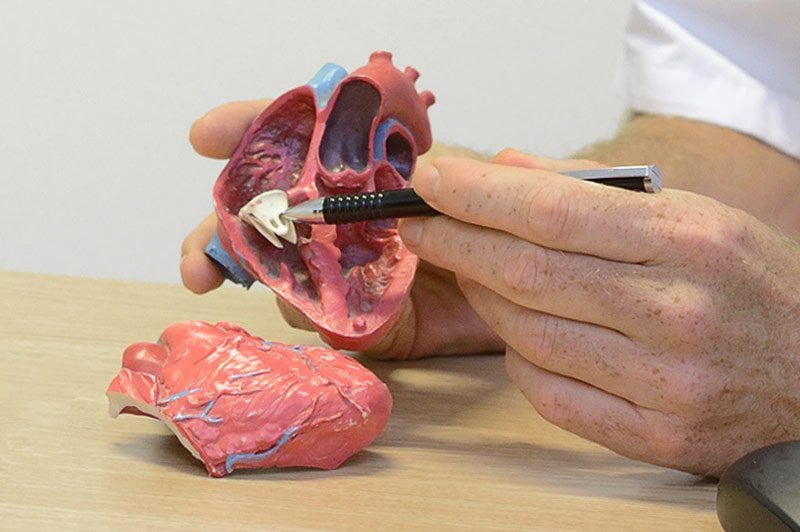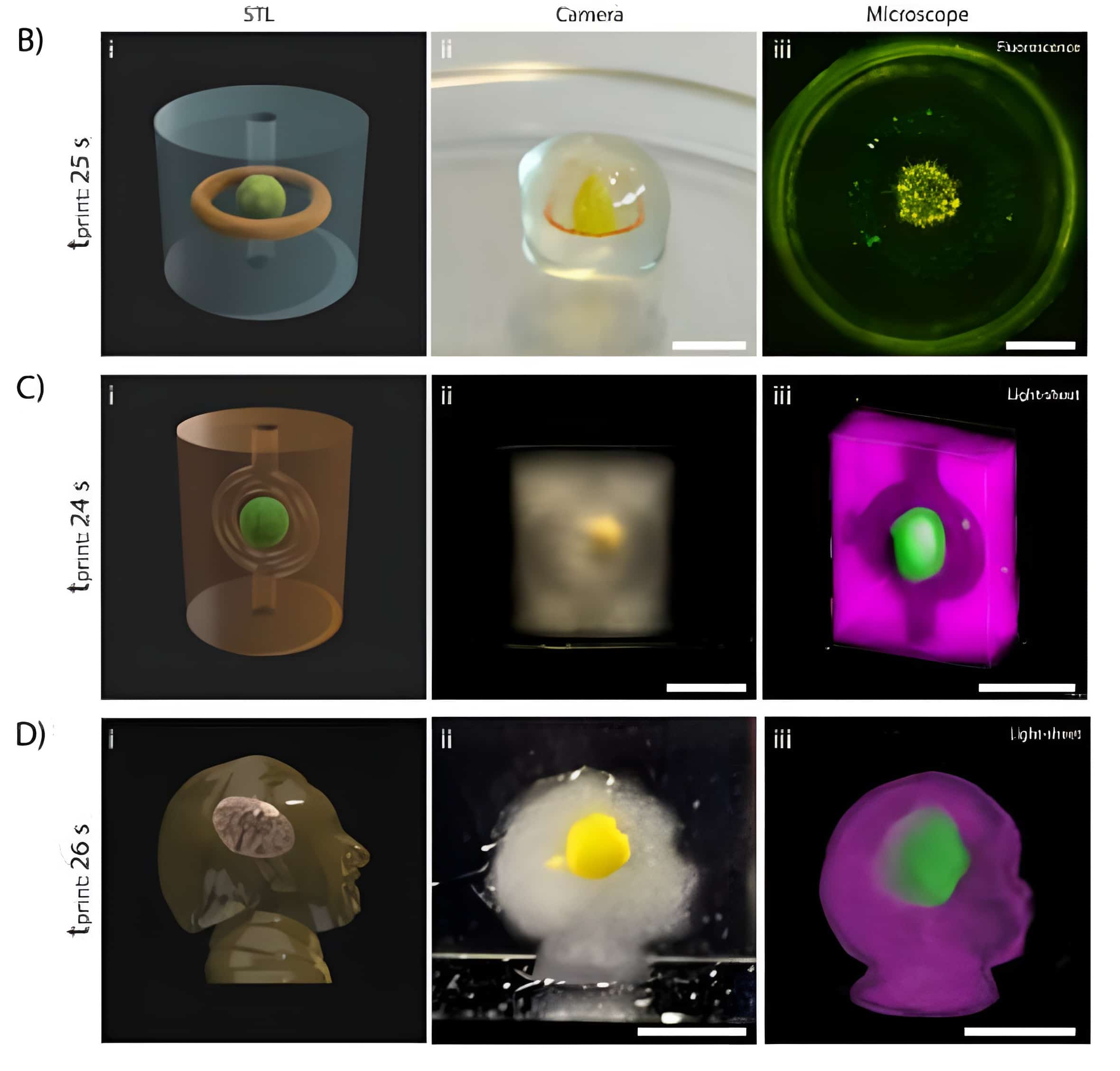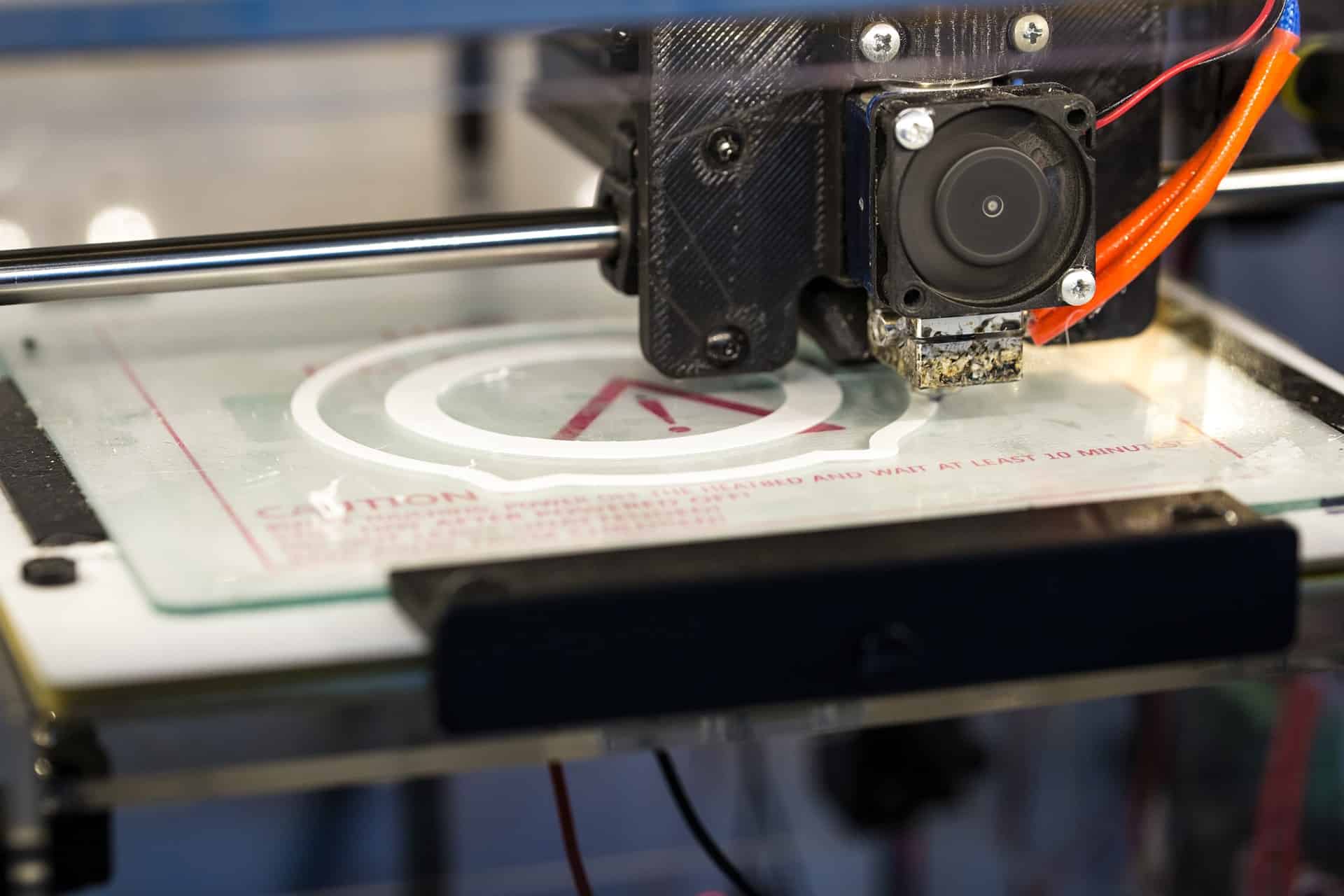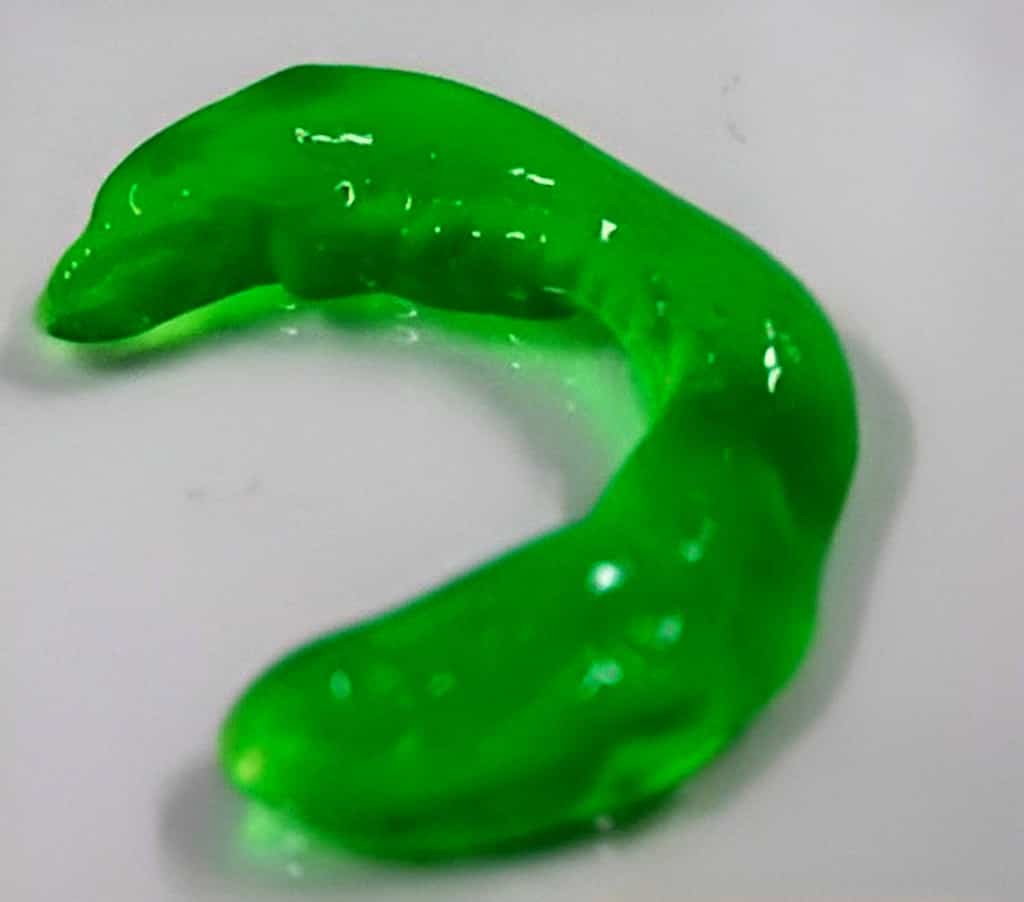
Recreating human body parts using a 3D printer. This is possible in the Netherlands with the new bioprinter developed by Utrecht University and UMC Utrecht. This printer can be used to make models of organs or bones, amongst other things. These printed models can be made up of living cells on which medication can be tested, for instance.
Conventional 3D printers work by stacking plastic layers on top of each other. This build-up of layers creates a three-dimensional figure. There are already countless possibilities with these standard 3D printers. Science has been looking for years at how this technique can be applied across different areas.
Printing living cells
Scientists have already tried to print prostheses or entire organs before. So far, they have never really succeeded. However, there are some 3D printers that are able to cope with sensitive materials that contain living cells.
Back in 2019, Innovation Origins posted an article on bio-ink developed by the Austrian Technical University of Vienna. This special bio-ink makes 3D-printing faster and can place living cells in a structure. Speed is very important when printing with cells. If the process takes too long, the survival rates of cells are extremely low.
Riccardo Levato worked together with the Technical University of Lausanne (Switzerland) on volumetric bioprinting. Riccardo states that entire organs can be printed with this technique. And that this printing method does not work by building up layers.
Volumetric bioprinting
This printer features a rotating container of liquid gel that solidifies when it comes into contact with laser light. The container is exposed to light at various angles which produces a three-dimensional image. That image then immediately becomes hard, Riccardo explains. In 2019, Innovation Origins reported on similar technology from the EU BRIGHTER project. This 3D printing method is much faster and also enables objects to be printed with living cells. For example, a heart valve or a segment of a thighbone.
The researchers are able to study a biological process outside of the body by adding stem cells to the gel inside the container. This technique brings the researchers closer to the goal of eventually printing entire organs. Which would also mean that patients would no longer be dependent on donor organs.
Riccardo Levato received a starting grant of €1.8 million from the European Research Council. This allows him to set up a research group and purchase advanced equipment.
The future
The future goal is that the bioprinter will be able to make organic prosthetics from the patient’s own body tissues. “Thanks to the subsidy, we hope to have developed the technique to such an extent that a three-dimensional model of a bone will roll out of a printer,” Riccardo states in Utrecht University’s press release.
“We want to print the model as realistically as possible. Including bone marrow cells that produce white and red blood cells. This will enable us to study certain diseases, such as leukemia.” This makes it possible to test a treatment before the patient undergoes it.
Ultimately, this will result in fewer side effects in the patient and a reduction in medical costs for treatments. Apart from these advantages, an accurate model means that animal testing will no longer be as necessary for the development of medicines.
More IO articles on bio-ink and bio-printing can be accessed here.







